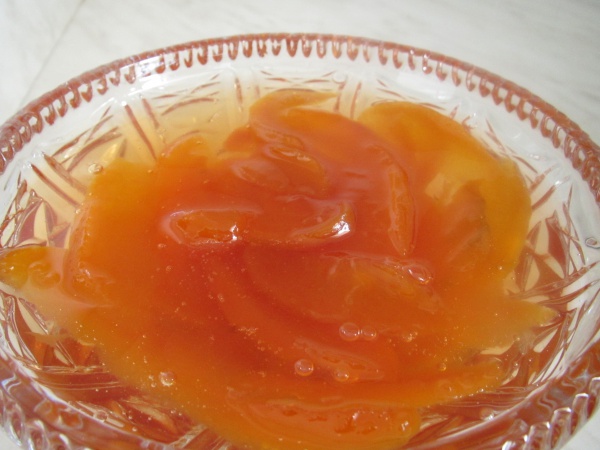Facts About Murabba
Murabba is a delightful fruit preserve enjoyed across regions such as the South Caucasus, Central Asia, South Asia, and the Middle East. It's typically crafted using fruits, sugar, and spices, and comes in both wet and dry versions. Popular fruits for murabba include apple, apricot, gooseberry, mango, plum, and quince. These preserves are not only delicious but also renowned for their long shelf life and potential health benefits. Indeed, murabba holds a special place in traditional and folk medicine in India.
One popular type of murabba is ginger murabba, or ginger brittle. Made from ginger and sugar, this treat is especially beloved in Tamil Nadu, Kerala, Andhra Pradesh, and Karnataka in southern India. It's believed to aid digestion, relieve nausea, and alleviate morning sickness, and is often enjoyed as a candy.
In the South Caucasus, murabba is typically made from local fruits like strawberries and cherries. After discovering the concept of murabba in India, Georgians began making mango murabba, which has since become a favorite in Gujarati cuisine. In Azerbaijan, murabba is not only a dessert served with tea but also a remedy for colds. Variations featuring dogwood, blackberries, and currants, which are rich in vitamin C, are commonly enjoyed during flu season.
Similar fruit preserves, known as varenye, can be found in Eastern European countries such as Belarus, Russia, and Ukraine. These preserves share many similarities with murabba in terms of preparation and usage.

 Armenia
Armenia